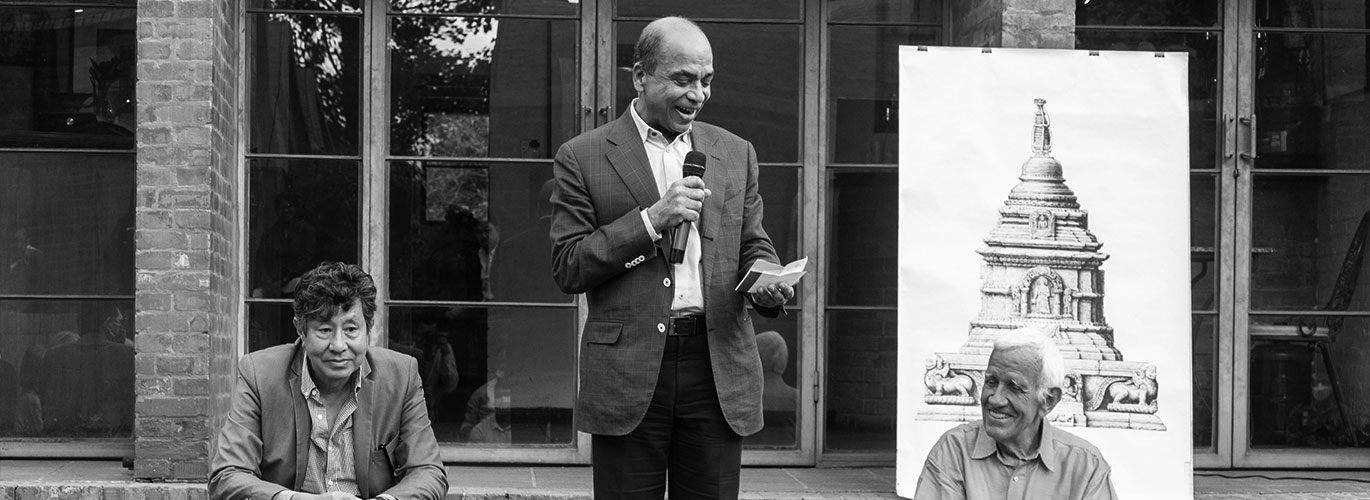
Retrieving the documented history of Nepal and making it accessible to the community
Every story is a history in the making if we know its value and the difference it makes. With its rich heritage, diverse communities, and sustained international engagements, Nepal is home to many such stories. Recognizing that these stories would fade as memories with time if not documented while they still mattered, Arun Saraf and his wife, Namita Saraf, initiated the Nepal Architecture Archive.
Nepal Architecture Archive is the actualization of the Saraf family’s years-long association with and commitment to Nepal, its heritage, and its culture.























